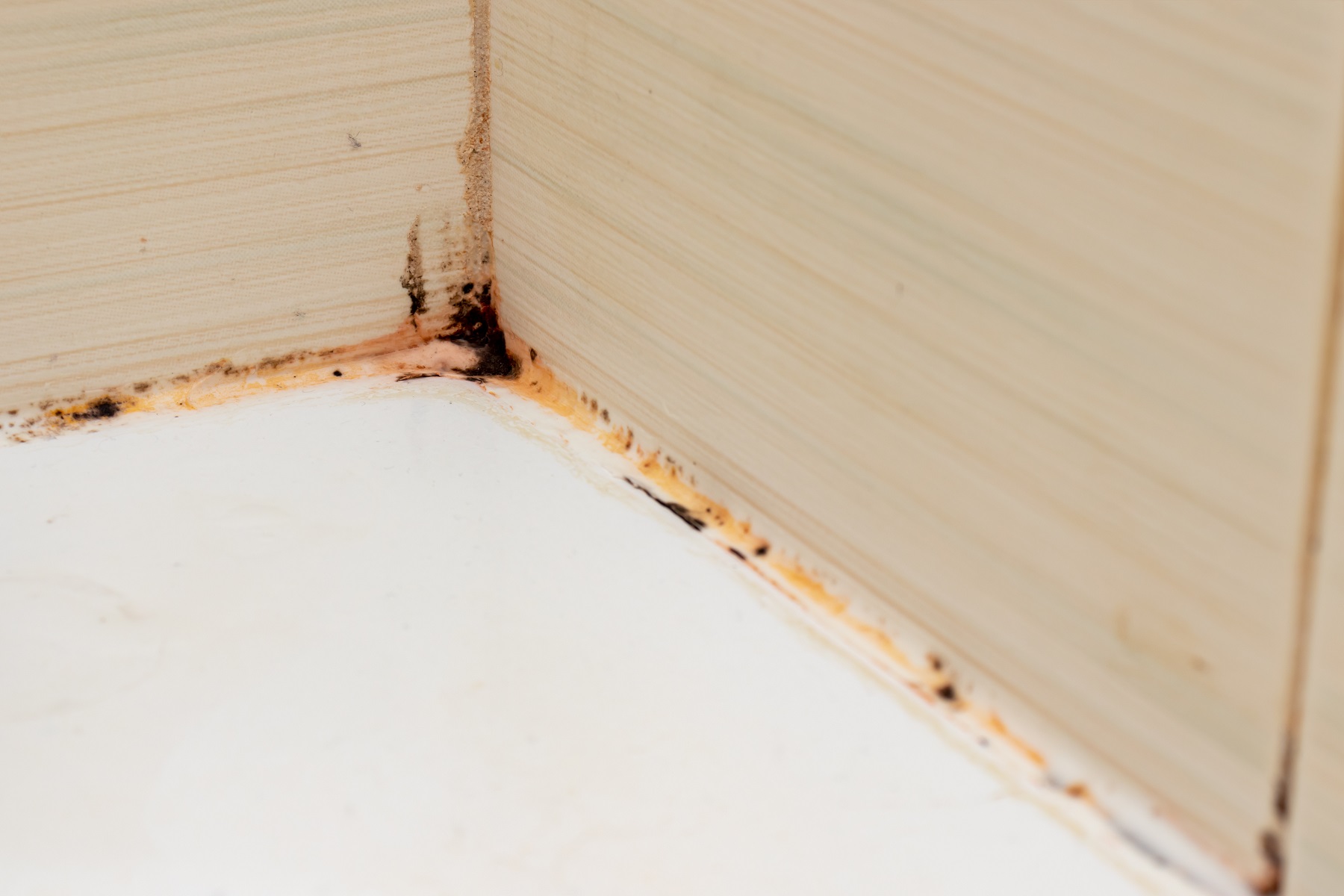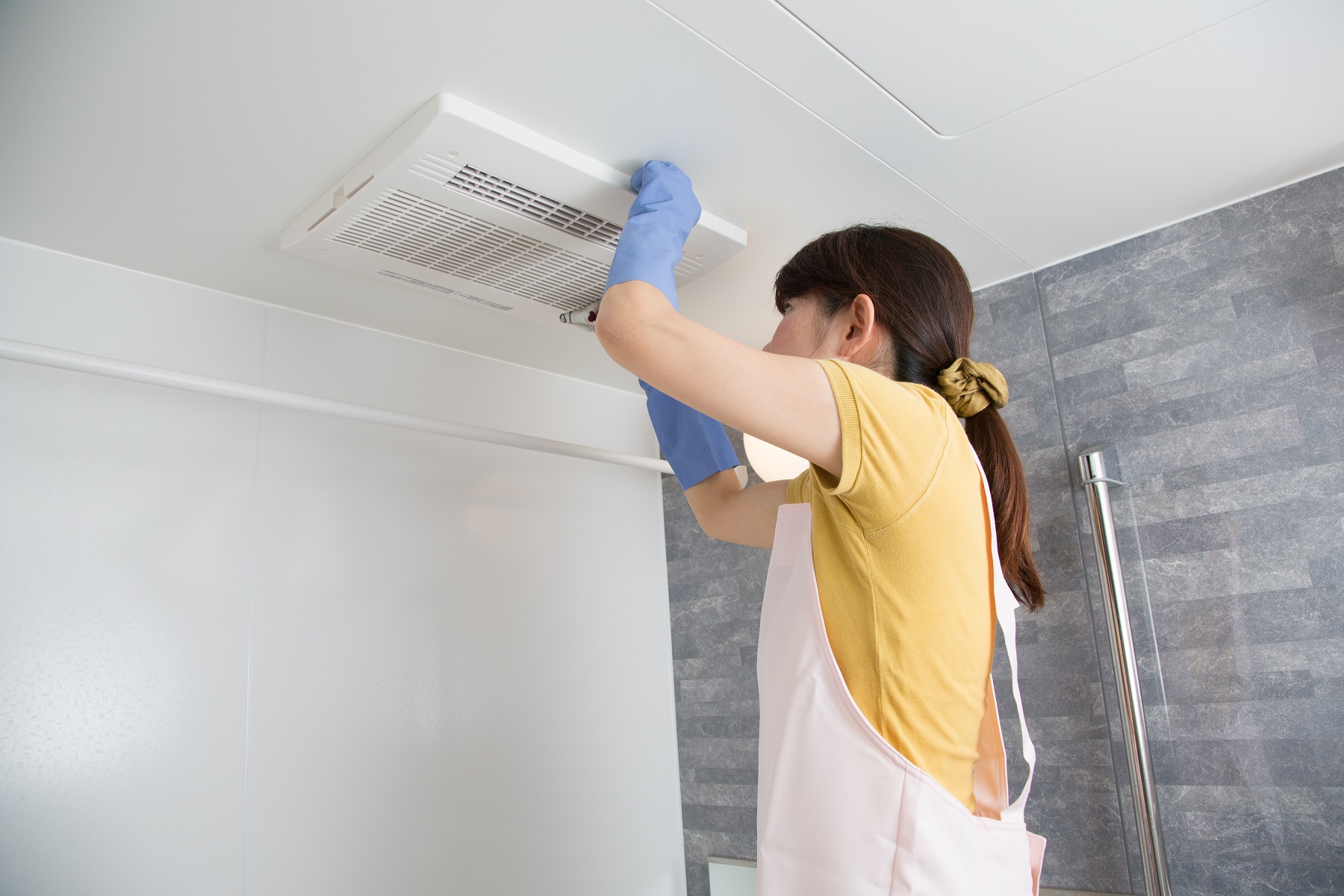Bathroom Plumbing 101: Removing and Preventing Mold & Mildew
Both mold and mildew are common problems found in the bathrooms of most homes. If you think your bathroom is mold- and mildew-free, you may not be looking in every location where these two can hide in cracks, crevices, and corners of your bathroom tiles and fixtures where you may not notice them. While few would want to change their existing tiling to beautiful bathroom tile from Standard Tile and similar companies – and have a professional install them properly – some might not want that and would like to remove the mold problem from the root cause itself!
And if you are on a similar mission, you would have to know the basic differences between mold and mildew. While both are types of fungi, there are some key differences between the two. Understanding these differences can help you remove and prevent mold and mildew in your bathrooms, as well as avoid many bathroom plumbing problems.
What Is Mold?
Mold is a type of fungus that favors warm, moist, and humid areas like the bathroom. Mold requires some type of organic material to form-like dead skin cells left on the shower walls or a shower puff. Mold also likes to form in areas where you cannot see it immediately-like under soap and shampoo bottles where water is trapped underneath.
Mold appears as either black or greenish-black in color, and obtaining a black mold test kit will help to determine the severity of your mold outbreak. Doing so can help you to contact the relevant professionals as soon as possible. If you don’t, the spores will continue to propagate and grow if you do not take the right steps to remove it right away. As mold spreads, it can become more difficult to get rid of yourself.

What Is Mildew?
Mildew is also a type of fungus that favors warm, moist, and humid areas. Unlike mold, mildew can easily form on any moist, warm surface. When it appears, it may look gray, yellow, or white and look like a powder or have a fluffy-cotton-like texture.
Mildew prefers to grow on fabrics like bath towels, hand towels, and bath and shower puffs/exfoliating sponges. Mildew can also form on the floors, ceilings, and walls in bathrooms. Unlike mold, mildew is much easier to spot since it propagates just about anywhere in the bathroom.
What Are Some Common Causes of Mold and Mildew?
Mold and mildew thrive in damp, moist, and humid environments. In the bathroom, there are several sources of moisture, such as:
- Steam from the hot water.
- Water leaks from bathroom plumbing.
- Damp towels, facecloths, loofahs, etc.
One primary cause of lingering moisture is a lack of sufficient ventilation.
Why are mold and mildew such a problem in the bathroom?
Part of the reason mold and mildew can be a problem in the bathroom is that both fungi can easily be hidden from plain sight. You could have a mold or mildew problem in places you cannot easily see. Some of the places where mold and mildew could be growing unchecked could include:
- Under Bathroom Sinks
- In Between Shower Doors/Door Tracts
- Around Air Intake Slots on Exhaust Fans
- Inside Bathroom Walls
- Under Bathroom Flooring
- Under Showers
- Under Bathtubs
- In Between Creases on the Shower Curtain
You cannot tear out walls and flooring to check for mold and mildew. However, if you have wallpaper on bathroom walls, you can remove them, treat the walls for molds and put another wallpaper once the dampness is gone. You can look for peel and stick wallpaper that could be easier to DIY without any expert assistance. Additionally, you can check under bathroom sinks. Make sure to look up into the cabinet and check the bottom of the sink, around bathroom plumbing connections, and in other areas with a flashlight. If you have an access door on your shower or bathtub, remove it to inspect inside the wall or under the tub or shower for signs of mold and mildew.
How do you effectively remove mold and mildew?
You can effectively remove mold and mildew using an appropriate bathroom cleaning product. Look for products that say they are for mold and mildew. Before removing mold and mildew, you do need to take some precautions, as mold and mildew spores can cause sneezing, coughing, and other respiratory problems when you start removing them.
You should wear a face mask to cover your mouth and nose. You also want to use rubber gloves to protect your hands. Spray the cleaning product onto the affected areas and allow it to soak for several minutes. Use a damp sponge to wipe the area clean.
Next, take a clean bucket of water and a clean sponge to rinse the area. Repeat this process until all areas have been cleaned. For tough areas like grout in between bathroom tiles, use a toothbrush to scrub the mold and mildew away.
If mold or mildew has grown into bathroom caulking, you will need to remove the caulking and have it replaced. Most people call their plumber for assistance to ensure all affected caulk is fully removed and new caulk is applied correctly.
How do you prevent mold and mildew from returning?
There are several different ways you can help prevent mold and mildew from becoming a problem in the bathroom, including:
- Clean the bathroom once a week.
- Inspect for plumbing problems and leaks when cleaning.
- Use a mold- and mildew-resistant shower curtain.
- Replace the shower curtain every three months if it can’t be washed.
- Spray the shower curtain and tub and shower walls daily after showering with a mold and mildew cleaning product.
- Use a squeegee on bathtub and shower walls, shower doors, or the shower curtain to remove excess water.
- Never keep soap, shampoo, shaving gel, razors, face cloths, loofahs, etc. in the tub or shower.
- Turn on the bathroom ventilation fan when showering or bathing.
- Wash bathroom towels, rugs, face cloths, loofahs, etc. weekly.
- Hang up towels, rugs, face cloths, loofahs, etc. to dry.
- Clean the ventilation fan-just make sure it is turned off first.

If you do not have a bathroom ventilation fan, it is recommended to have one installed. If you have a bathroom window, you can open that to help let out moisture in the cooler fall and winter months. However, during the hot, humid Texas summers, opening the window will only add to the humidity in the bathroom.
If you discover any plumbing problems and leaks, you want to shut off the water to the affected area right away. Once the water is shut off, clean up all the excess water. Run a dehumidifier, if necessary, to help. Call your 24-hour plumber to have leaks and other problems fixed.
What if mold and mildew keep returning even with regular prevention?
Sometimes mold and mildew can be growing behind walls. You could have a mold and mildew problem, which started in another room from a leaking plumbing line, that will eventually spread to the bathroom.
Even though you are cleaning weekly and following other preventative tips, the mold and mildew could keep returning. If this is the case, then it is time to call in a professional plumber for a plumbing inspection to find water leaks and fix any they find.
What other areas of the home should I check for mold and mildew?
Essentially, any area that has plumbing can have an issue with mold and mildew-like the kitchen and laundry room. In these locations, make sure to check regularly for water leaks. Another area to include in your mold and mildew plumbing inspection is the water heater.
Tank-based water heaters can be a big problem because they create hot water, which can increase humidity and provide a moist, damp environment for mold and mildew. Check for water leaks around the water heater, including the drain pan underneath the heater. If you have a tankless water heater, make sure to inspect the plumbing connections for leaks.
When should I call in a bathroom plumbing professional for help?
![]()
If you discover any water leaks, chances are there may be more, depending on the age of your home’s plumbing. It is a good idea to get help for various bathroom plumbing issues, including:
- Sink, Shower, and Bathtub Faucet Repair or Replacement
- New Shower or Bathtub Installation
- Toilet Repairs and Replacements
- Leak Detection
- Leak Repairs
- Water Heater Leaks, Repairs, and Replacements
If you are getting ready to buy a new home, it is also highly recommended to get a plumbing inspection to verify there are no plumbing problems or issues with mold and mildew.
For all of your bathroom plumbing repairs, replacements, and new installations, please feel free to contact your nearest Christianson Air Conditioning & Plumbing location in San Antonio, New Braunfels, Temple, or the Austin Metro Area today!



Sorry, comments for this entry are closed at this time.